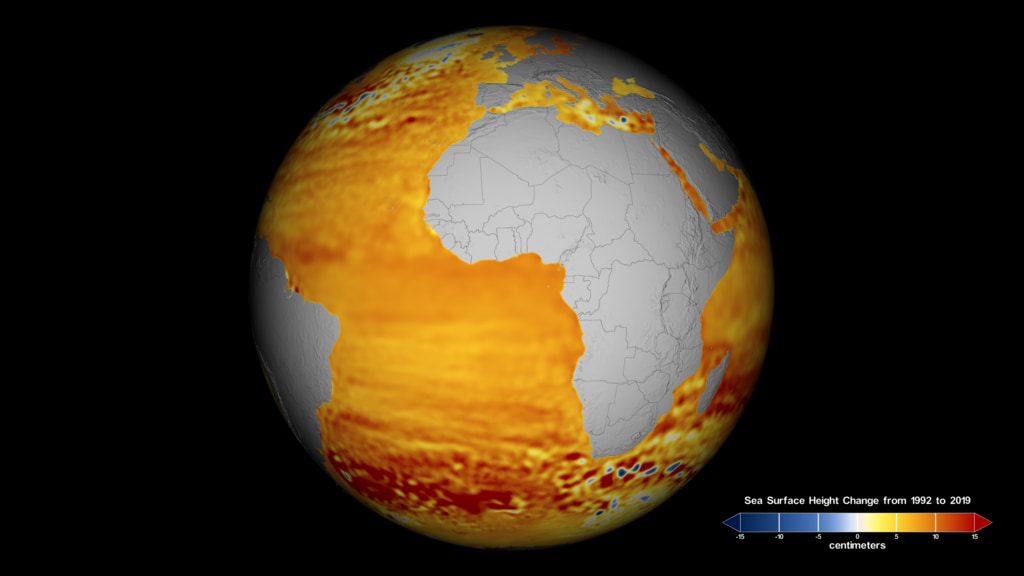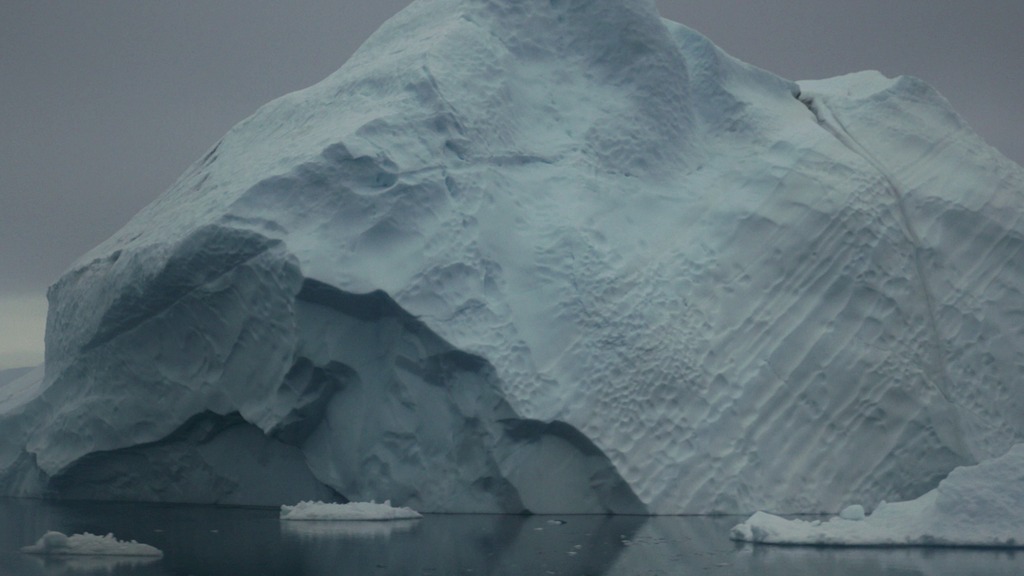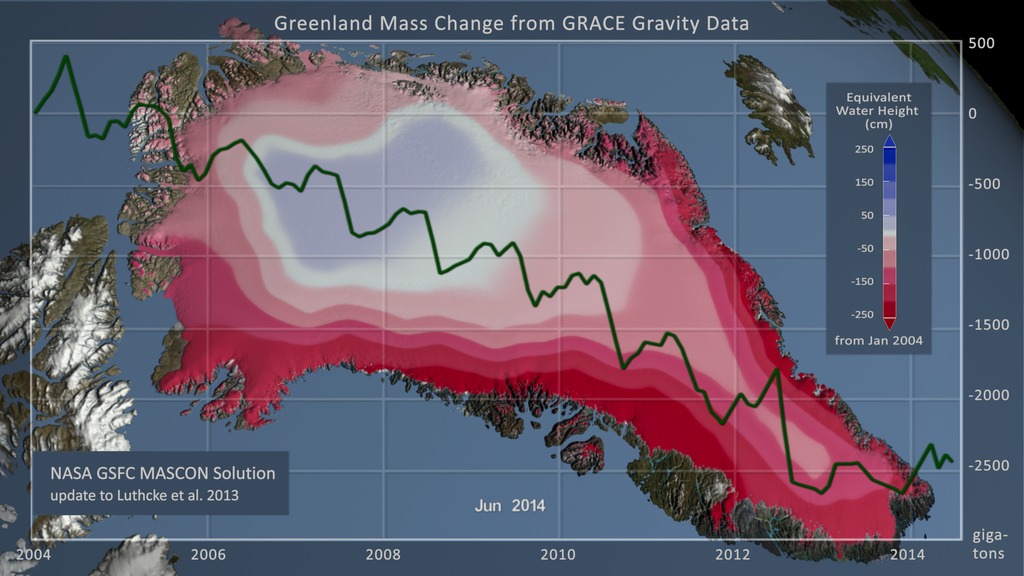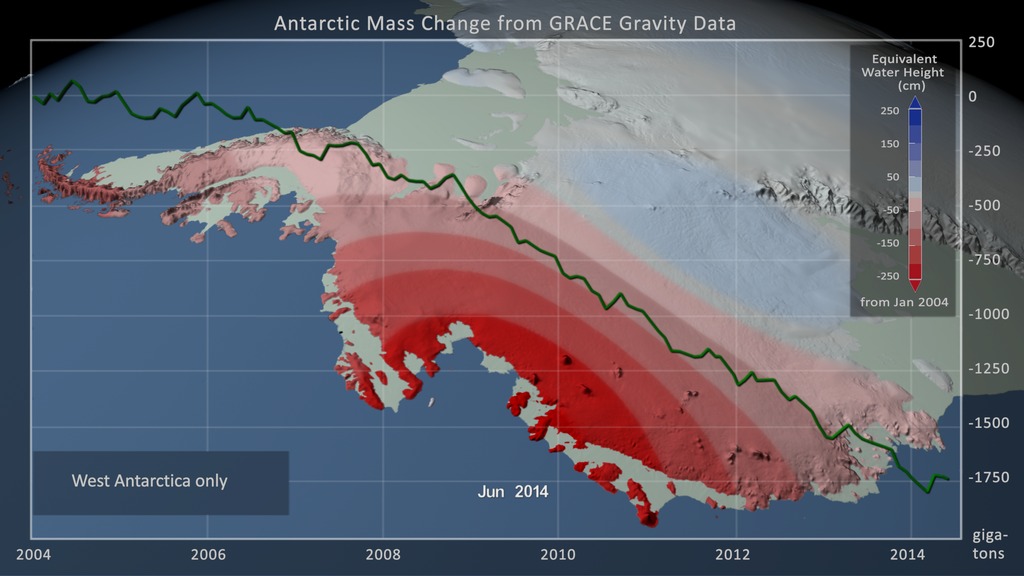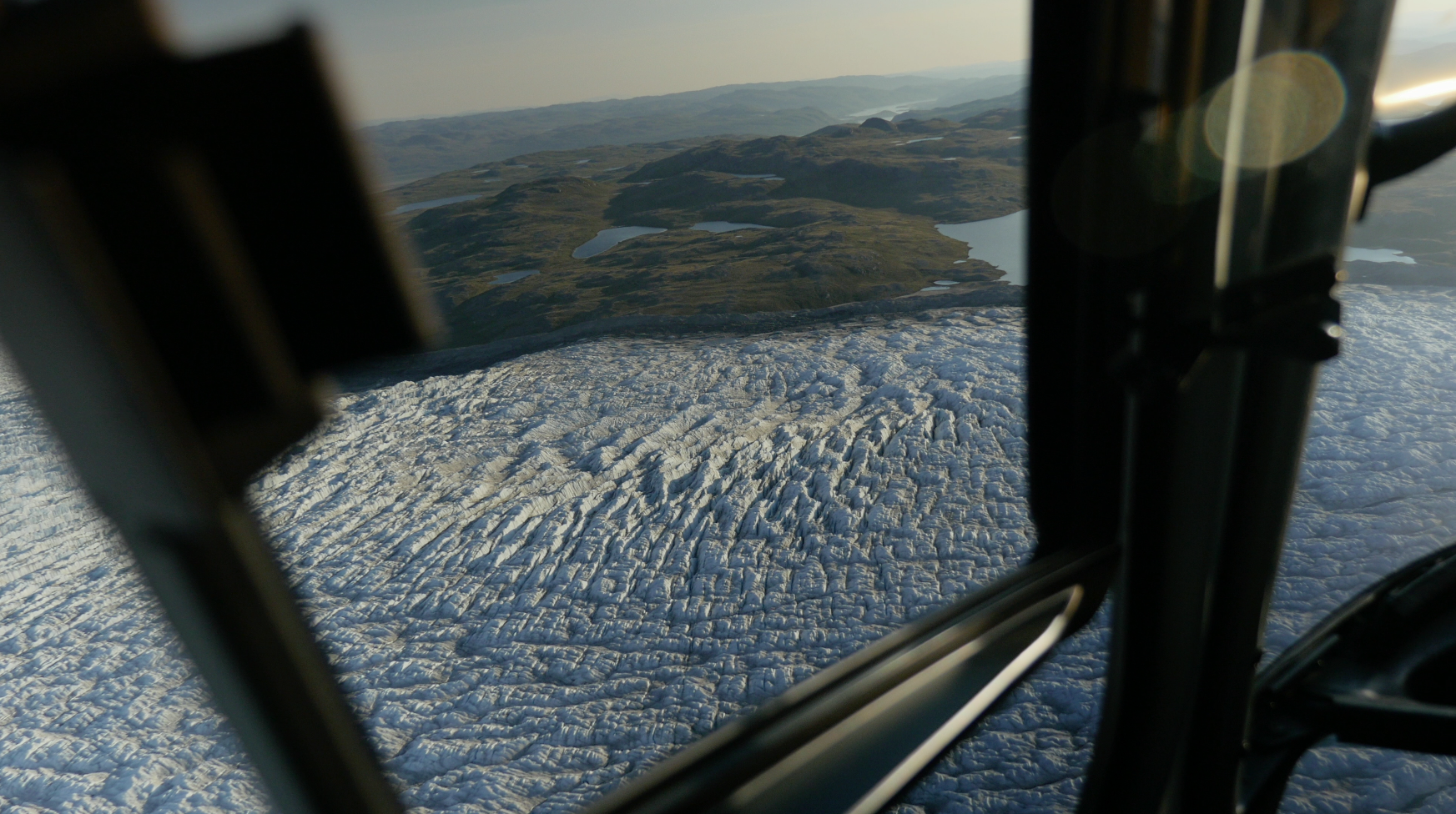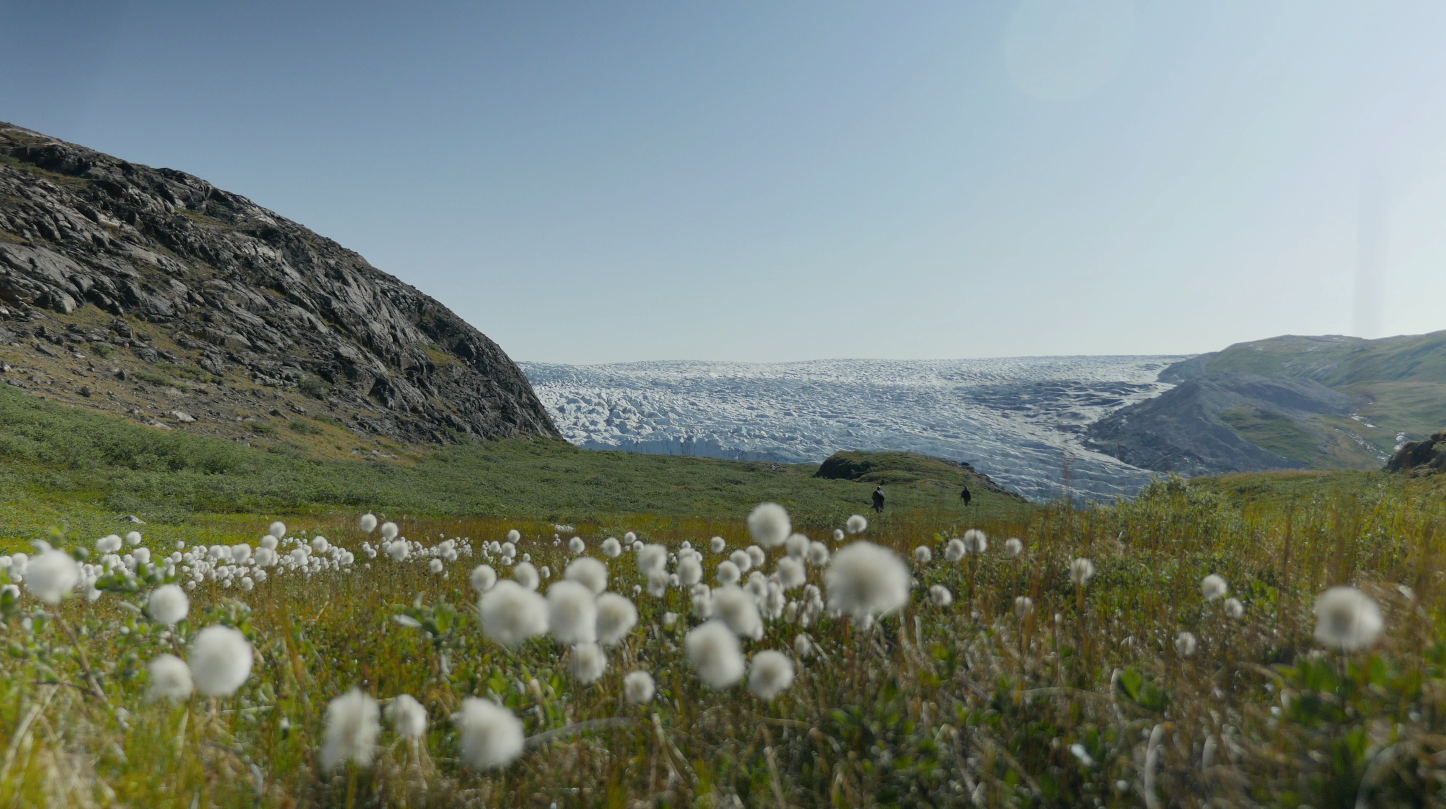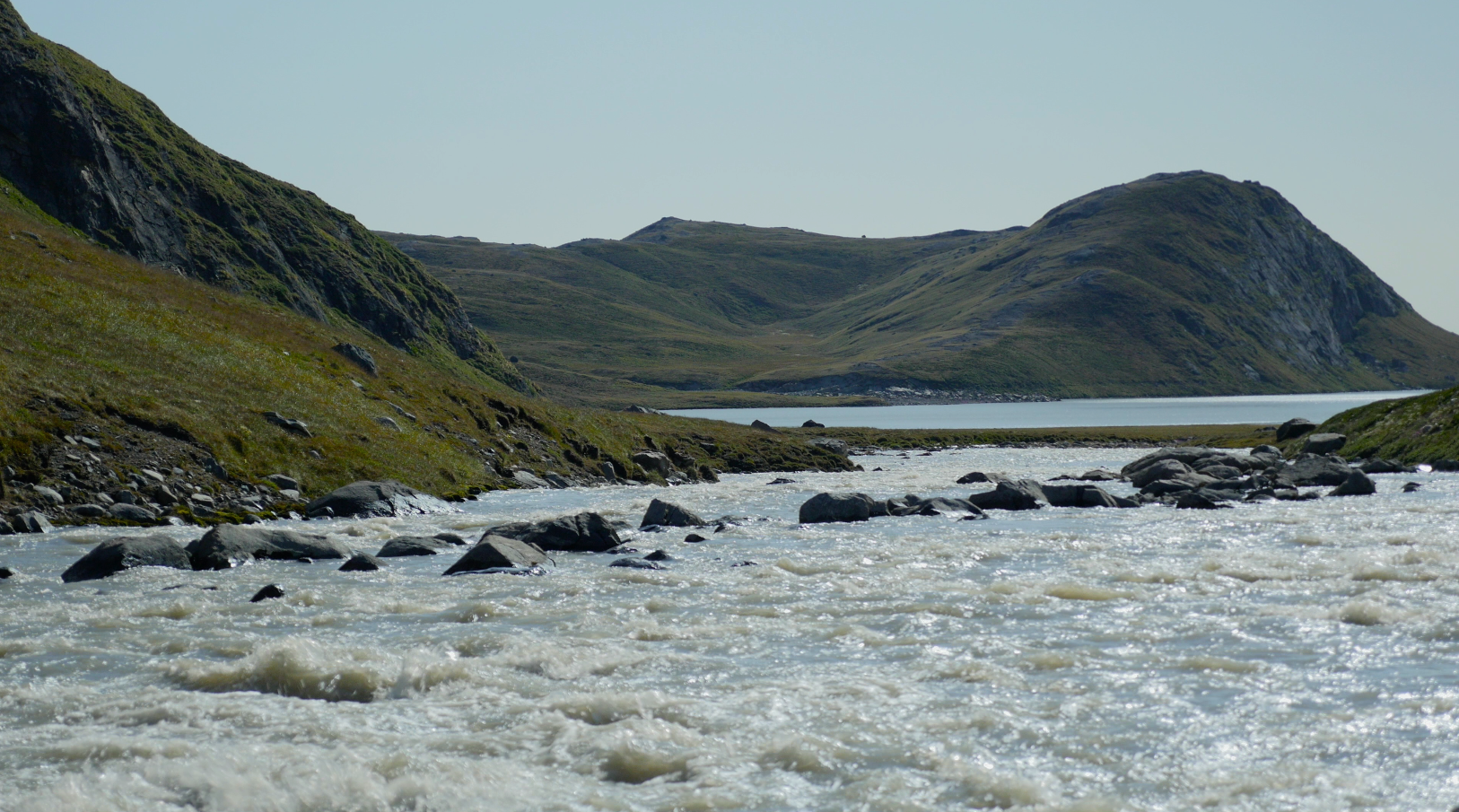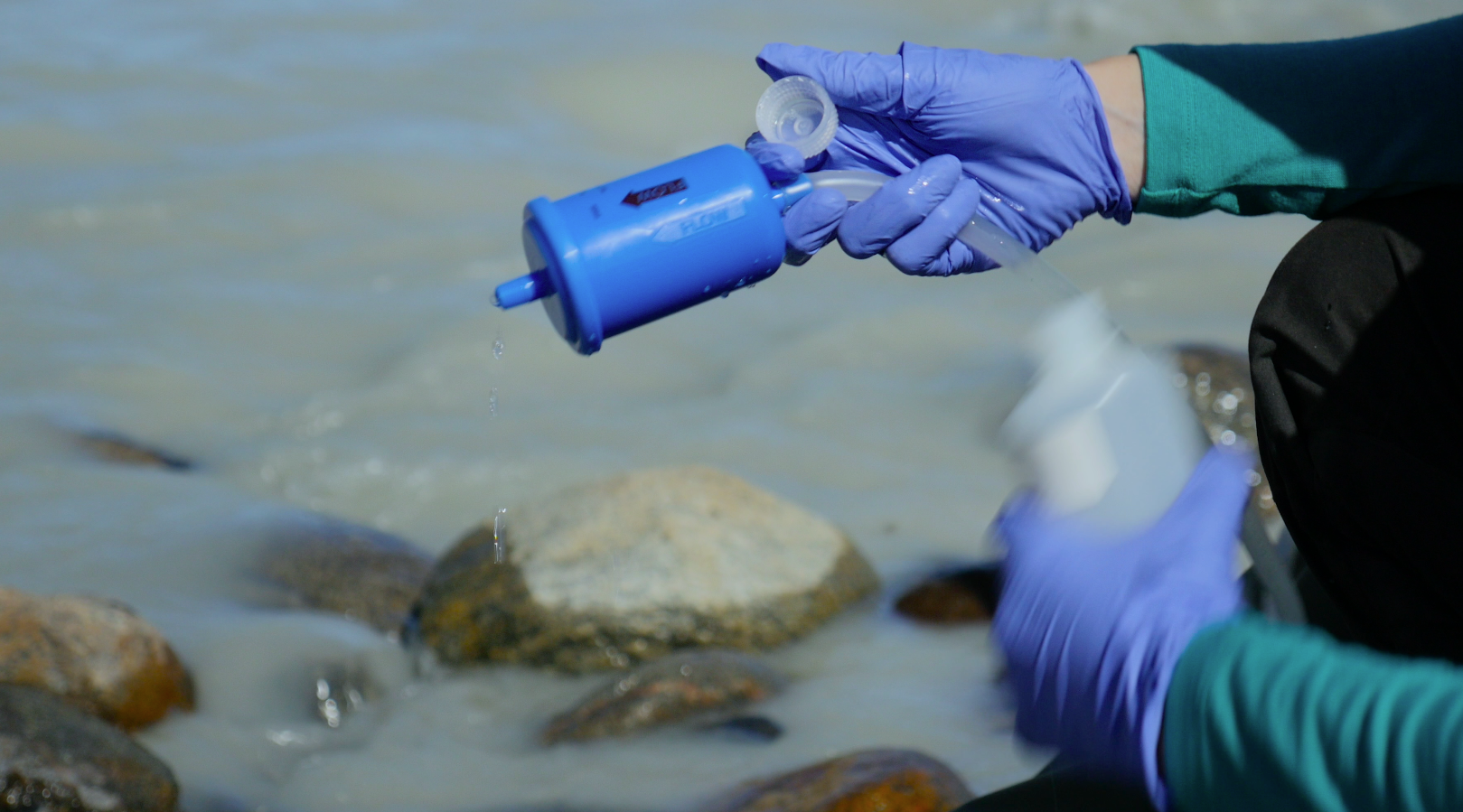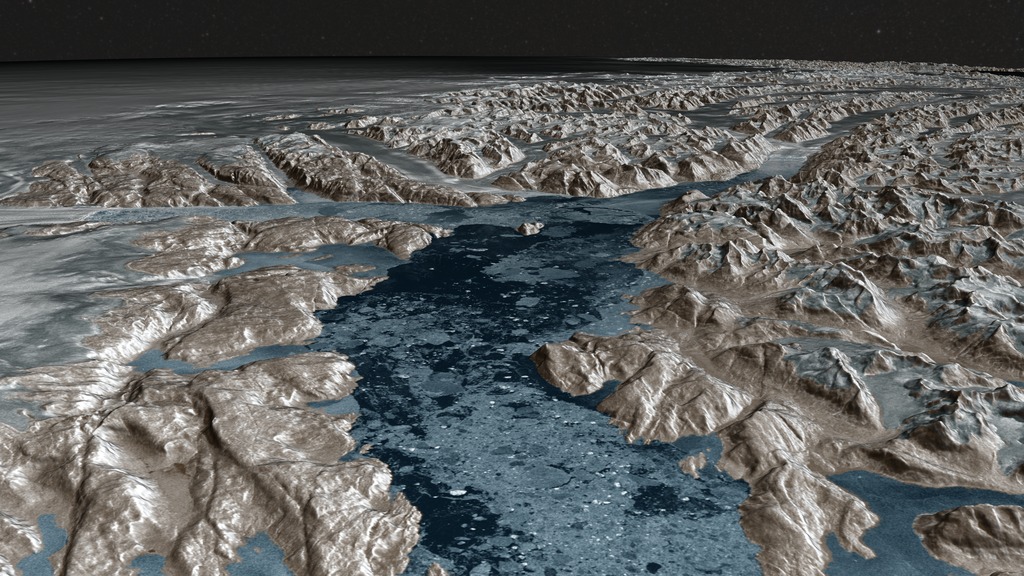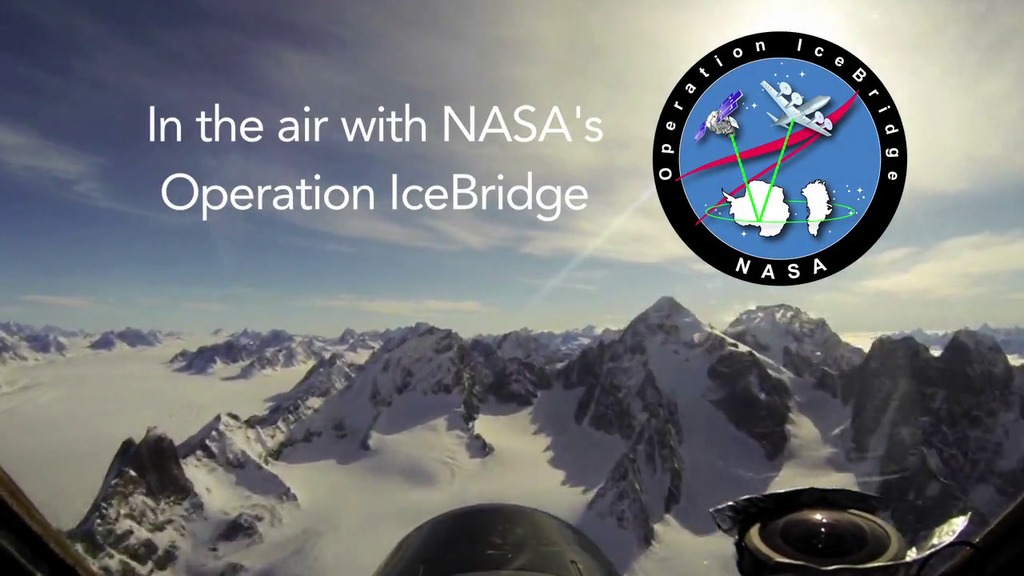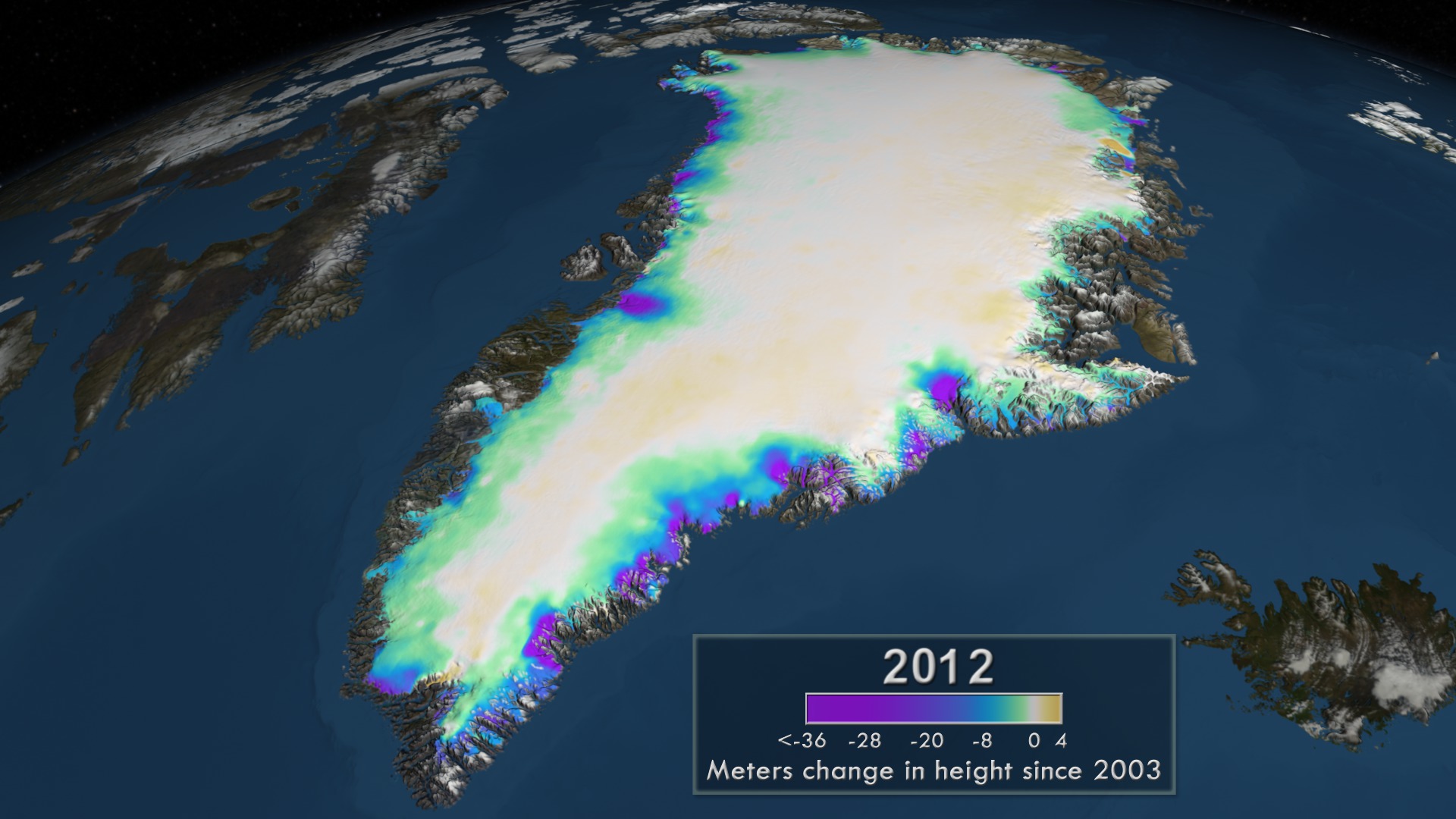Instagram: NASA Hosts TV Program On Sea Level Rise
At 1 p.m. EDT (10 a.m. PDT) on Friday, Aug. 28, NASA's Goddard Space Flight Center in Greenbelt, Maryland, will host a live TV program about agency research into how and why the massive Greenland ice sheet is changing. The event features scientists actively conducting field work in Greenland, along with extensive video footage of their work performed over this summer.
Panelists include: Tom Wagner (cryosphere program scientist with NASA's Earth Science Division), Laurence Smith (chair of the University of California, Los Angeles Department of Geography), Mike Bevis (professor of geodynamics at Ohio State University in Columbus), Sophie Nowicki (physical scientist at Goddard), and Josh Willis (JPL).
The Friday program will air live on NASA TV and stream online at: https://www.nasa.gov/nasatv. To ask questions via social media during the televised event, use the hashtag #askNASA.
For complete transcript, click here.
Credits
Please give credit for this item to:
NASA's Goddard Space Flight Center
-
Producers
- Jefferson Beck (USRA)
- Joy Ng (USRA)
-
Writer
- Patrick Lynch (Wyle Information Systems)
Series
This page can be found in the following series:Release date
This page was originally published on Thursday, August 27, 2015.
This page was last updated on Wednesday, May 3, 2023 at 1:49 PM EDT.
